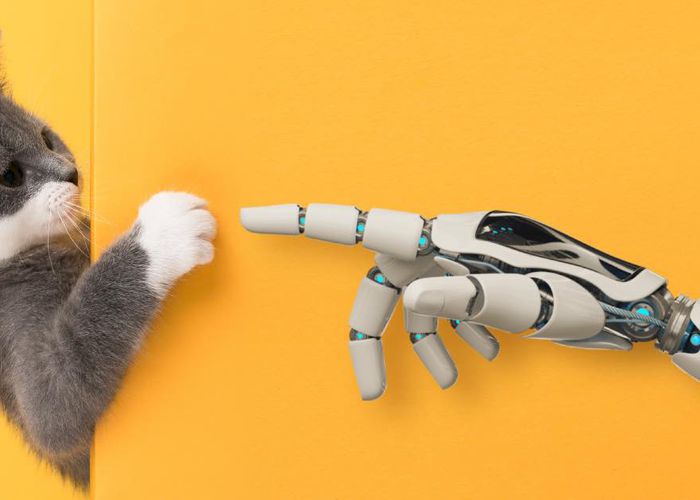

How Innovations in Veterinary Technology Save Time and Effort
Innovations in veterinary technology over the past decade have transformed the landscape of veterinary medicine — and will continue to do so in the future. These advances will likely affect all processes within your practice and create many opportunities for growth, including improved doctor-client relationships through digital communication platforms and improved patient outcomes due to the automation of procedures and reduction in medical errors.
Aside from this, technology advocates note the time-savings benefit for veterinarians, freeing you up for an improved working environment and work-life balance. Here are some of the time-saving features of innovations in veterinary diagnostic technology over the past decade and how future innovations can be used to further enhance your career.
Recent Innovations in Veterinary Technology
As client needs have changed, veterinary medicine has started to progress and adopt advances in technology. In order to "go digital," we had to adapt and upgrade our diagnostic hardware and software to keep up with the expectations of today's clientele.
There have been abundant hardware innovations in veterinary medicine in the last decade. The most obvious advancements are related to diagnostic equipment. Today, most laboratory tests that could previously only be run at reference laboratories are now run and automated by countertop analyzers within the practice, providing results within minutes rather than days. Two years ago, my own veterinary team members were required to manually look under the microscope to analyze and count urine crystals and bacteria on every urinalysis; now, we have a countertop automated urinalysis analyzer that takes microscopic images of the urine and accurately provides results in minutes. The same goes for radiographs and ultrasounds; whereas we used to carry around film and put them up against X-ray film view boxes or ultrasound images printed onto paper, we can now download and view the radiograph or ultrasound images within seconds on any computer connected to the internet, as most systems are now saving images in the cloud.
As modern medicine grows in its complexity, we need to be able to compile and analyze large amounts of data. Today's veterinarians are continually under pressure to put all the information together accurately and quickly. Software innovations in the realm of cloud-based processing and artificial intelligence (AI) data analysis are the most recent advances to be utilized, as noted by JAVMAnews. For example, some analyzers use AI to accurately report the types of crystals and bacteria found in the urine sample. Similarly, AI can report abnormalities in the size and shape of organs on radiographs and ultrasounds. This is useful when you're rapidly diagnosing illnesses; plus, AI analysis is often put together in client-friendly automated reports that can be directly passed on to clients. However, we've only just begun to scratch the surface of what AI can do in the veterinary industry. I suspect that in the next few years, veterinarians will be relying on AI far more often to reduce time spent on health and illness assessments.
How Technology Saves Time for Veterinarians
There's no doubt that the past decade of innovations has improved the veterinary-client relationship as well as patient outcomes through faster and more accurate diagnostic tests. But, how exactly has this technology provided you with more time? It all goes back to the most basic goals of implementing technology: automating functions that were labor-intensive, tedious, and time-consuming.
Take measuring vertebral heart score as an example. With previous thoracic radiographs, you would need to use a ruler and marker to manually measure the heart and spine in order to objectively determine whether the heart was enlarged. Then came the first iteration of technology, which was digital imaging with software that allowed you to make the measurements on a computer. Now, we have AI that performs the vertebral heart score automatically and gives us the resulting measurement within minutes. In other words, something that was previously time-consuming and tedious now takes up no time for the veterinarian and provides a quick and accurate result. This frees up some of your time to focus on other tasks, including educating your team and the pet owner about the significance of the vertebral heart score result. There are countless examples of how recent advances in veterinary technology have saved time and improved processes. Future technology, then, will surely automate even more manual or labor-intensive procedures.
If you're looking to practice the best medicine in an efficient manner, you'd be well-advised to welcome the use of technology and keep on top of the latest advancements. Some fear that new innovations may replace their role, but the truth of the matter is that it can only replace those who refuse to learn how to work with technology — especially the time-saving innovations that better meet the expectations of today's pet parents.







